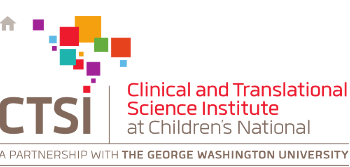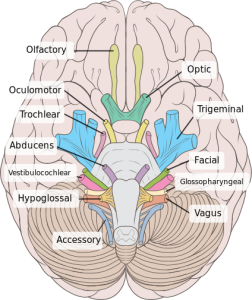 The Clinical and Translational Science Institute at Children's National (CTSI-CN), a partnership with The George Washington University is launching its first Health Equity Seminar Series at the GW School of Public Health. For its inaugural seminar on December 13th, speaker Tawara D. Goode from the Georgetown-Howard CTSA will be presenting on Cultural and Linguistic Competence (CLC) and its implications for Clinical Research. Professor Goode has over 20 years of experience in this subject and will:
The Clinical and Translational Science Institute at Children's National (CTSI-CN), a partnership with The George Washington University is launching its first Health Equity Seminar Series at the GW School of Public Health. For its inaugural seminar on December 13th, speaker Tawara D. Goode from the Georgetown-Howard CTSA will be presenting on Cultural and Linguistic Competence (CLC) and its implications for Clinical Research. Professor Goode has over 20 years of experience in this subject and will:
- Explore the multiple dimensions of culture and relevance for clinical research.
- Introduce a framework for cultural competence at the individual and organizational levels.
- Discuss the implications of CLC in all phases of clinical research.
Professor Goode is an assistant professor in the Department of Pediatrics, Georgetown University Medical Center in Washington, D.C., faculty of the Georgetown University Center for Child and Human Development (GUCCHD), and Director of the National Center for Cultural Competence (NCCC) at GUCCHD. She is actively involved in the development and implementation of programs and initiatives in the area of cultural and linguistic competency at local, national, and international levels. These efforts address the needs of diverse audiences including health and mental health care, developmental disabilities, public health, social services, community/advocacy organizations, professional societies/organizations, and institutions of higher education.
Date: December 13th, 12:00 - 1:30pm
Location: GW School of Public Health / 950 New Hampshire Ave NW, Washington DC, 20052
Room: Conference room 301, 3rd floor
Register at: https://goo.gl/b7vtjM
Lunch will be provided / Webex available for off-site participation
Please join us! Future seminars will cover Implicit bias in Clinical Research, Heath Research through Policy and Advocacy, and Community Engagement in Translational Research.
Questions? ctsicn@childrensnational.org / http:///www.ctsicn.org/events/culturalcomp
 Himmelfarb Library's Holiday Hours:
Himmelfarb Library's Holiday Hours:
 Letters of Intent for the CTSI-CN pilot awards are due on January 4, 2019 and you can apply now via the
Letters of Intent for the CTSI-CN pilot awards are due on January 4, 2019 and you can apply now via the  How do you learn?
How do you learn? Want to study heart and lung anatomy? Other aspects of human anatomy? Do you want an interactive anatomy atlas on your iPad? Himmelfarb has the Visible Body Anatomy Atlas for you!
Want to study heart and lung anatomy? Other aspects of human anatomy? Do you want an interactive anatomy atlas on your iPad? Himmelfarb has the Visible Body Anatomy Atlas for you! What is a clinician-educator? How has medicine shaped the evolution of the clinician-educator?
What is a clinician-educator? How has medicine shaped the evolution of the clinician-educator? The Clinical and Translational Science Institute at Children's National (CTSI-CN), a partnership with The George Washington University is launching its first Health Equity Seminar Series at the
The Clinical and Translational Science Institute at Children's National (CTSI-CN), a partnership with The George Washington University is launching its first Health Equity Seminar Series at the  Himmelfarb Library
Himmelfarb Library